Herpes Simplex: Understanding and Managing Outbreaks with Diet and Lifestyle
Herpes simplex is a viral infection that affects the mucous membranes of the skin. The two main types, herpes simplex virus type 1 (HSV-1) and type 2 (HSV-2), cause cold sores and genital herpes. These infections often result in painful lesions, itching, and burning. The virus tends to reactivate, especially during times of stress or when the immune system weakens.
Triggers and Recurrences
After the initial infection, herpes can remain dormant in nerve cells. It can reactivate due to various triggers like sun exposure, fatigue, fever, or menstruation. Genital herpes is the most prevalent sexually transmitted disease in the United States, affecting over 45 million Americans. Symptoms may range from mild to severe and include clusters of blisters that become painful sores.
Managing Herpes Outbreaks with Diet
Diet plays a crucial role in managing herpes outbreaks. Too much citrus and excessive sunlight can trigger herpes by affecting the body’s calcium levels. Including flaxseed with calcium in your diet can help manage these triggers. A balanced diet that minimizes stress on the immune system is key to reducing outbreaks.
Dietary Recommendations:
- Animal-Based Foods: Include local produce, lean meats, and high-quality proteins. These foods strengthen the immune system and provide lysine, an amino acid that can help manage herpes. Lysine competes with arginine, an amino acid that the herpes virus needs to replicate. Increasing lysine intake through foods like fish, poultry, and beef can help reduce the frequency of outbreaks.
- Whole Grains and Legumes: These foods are rich in fiber and nutrients, supporting a healthy gut. A well-functioning digestive system boosts immunity, which is crucial for managing viral infections. Oats, quinoa, beans, and lentils are excellent choices.
- Raw Dairy (if tolerated): Choose raw dairy products to support gut health and provide additional lysine. A balanced intake of these foods can strengthen the immune response and reduce outbreaks.
- Vegetables and Fruits: Focus on vegetables and fruits high in vitamins like A and C. Carrots, sweet potatoes, and leafy greens contain vitamin A, essential for skin health and preventing infection. Vitamin C, found in bell peppers and strawberries, acts as an antioxidant to support the immune system.
- Avoid Refined Sugars: Limit processed foods and simple sugars, which impair immune function and increase the risk of herpes recurrences. Excess sugar also promotes the growth of candida, a condition that may worsen herpes. Opt for a diet rich in fibrous fruits, legumes, and whole grains.
Immune Support through Nutrition
Supporting the immune system is vital for managing herpes. Zinc is a mineral that boosts immune function and can inhibit herpes virus replication. Foods like beef, lamb, and pumpkin seeds are rich in zinc and help reduce the severity of outbreaks. Zinc can also be applied directly to skin lesions for faster healing.
Vitamin E, found in nuts, seeds, and leafy greens, supports immune health and skin repair. This vitamin helps prevent the spread of infection. Applying vitamin E oil directly to cold sores can provide immediate relief.
Vitamin C not only boosts immunity but also aids recovery. While vitamin C-rich foods like citrus fruits and berries are beneficial, adding supplements during an outbreak can enhance the body’s ability to combat the virus more effectively.
Managing Stress and Other Triggers
Stress is a known trigger for herpes outbreaks, so managing stress through lifestyle practices is essential. Activities like yoga, meditation, and deep breathing exercises can significantly reduce stress levels and support immune health. Maintaining a regular sleep schedule and engaging in moderate exercise also strengthen the immune system, helping to prevent herpes recurrences.
Sun exposure can also trigger outbreaks. Protect vulnerable areas like the lips with sunscreen or lip balm containing SPF. Using supplements like lysine and avoiding foods high in arginine, such as nuts and chocolate, can further help manage the virus.
Natural Herbal Support
Certain herbs can be effective in managing herpes outbreaks. Lemon balm, with its antiviral properties, can be applied topically to reduce the severity of herpes lesions. Incorporating lemon balm tea into your daily routine can provide a calming effect, helping to manage stress, which is a common trigger for herpes.
Elderberry is another herbal remedy with antiviral properties. Including elderberry tea or syrup in your diet can enhance your immune system’s ability to fight infections. Beta-glucans, found in mushrooms like shiitake and maitake, support immune health and reduce the frequency of outbreaks.
Probiotics, found in fermented foods like yogurt, kefir, and sauerkraut, help balance gut flora and support the immune system. A healthy gut enhances the body’s ability to fight infections, making probiotic-rich foods a valuable addition to your diet.
Conclusion
Herpes simplex is a recurrent viral infection influenced by immune health, diet, and lifestyle. By focusing on a balanced diet rich in immune-boosting foods, managing stress, and using natural remedies, you can reduce the frequency and severity of outbreaks. A holistic approach that includes dietary choices, lifestyle adjustments, and herbal support plays a crucial role in managing herpes and maintaining overall well-being.

